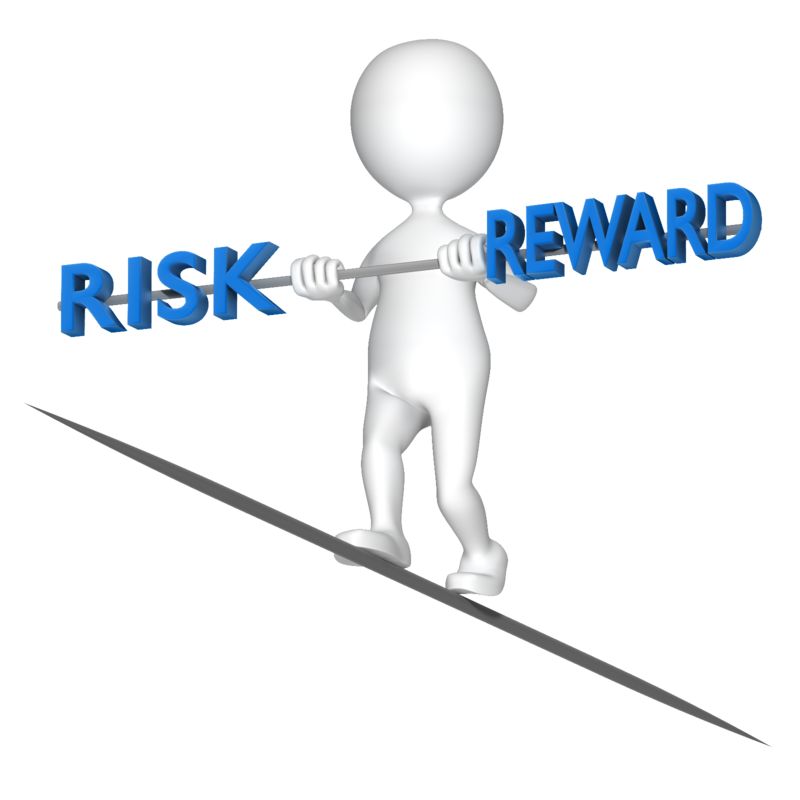Risk Management – Getting the balance right.
The construction game is a risky one. Probably don’t have to tell you that but it needs saying and it also needs to be addressed via solid risk management practices. On the other hand it can be a very rewarding industry and you can have a great life if done well…..and a bit of luck. No business however is risk-free.
Part of your role as a business owner is to think about the risks in your particular part of the market, prioritise what risks to reduce first and put processes in place to manage those risks. Also decide on what level of risk you are comfortable with and not try to reduce all risks to zero. Here are the seven most important areas of risk for a construction company and some strategies for managing them effectively:
-
Safety Risks
Health & Safety is paramount in the construction industry, where workers are exposed to various hazards daily. Accidents can result in injuries, fatalities, project delays, and costly Worksafe prosecutions. To manage safety risks, you must prioritize comprehensive safety training, enforce strict adherence to safety policies and procedures, provide appropriate PPE gear, and conduct regular jobsite inspections. Implementing a robust safety culture fosters a mindset of vigilance and accountability among all stakeholders.
-
Financial Risks
Financial uncertainties, such as cost overruns, payment disputes, and fluctuating material prices, pose significant challenges to building projects. To mitigate financial risks, you should conduct thorough project cost estimations, establish contingency funds, negotiate clear contractual terms, and maintain regular and transparent communication with clients and subcontractors. You need to monitor both the way your project Gross Profits are tracking and the Cash Flow as well. Utilizing project management software for budget tracking and financial forecasting can also enhance financial risk management.
-
Schedule Risks
Delays in building schedules can incur penalties, and strain client relationships. Weather conditions, supply chain disruptions, and unforeseen site conditions are common factors contributing to schedule risks. You can minimize schedule risks by creating realistic and flexible project schedules, identifying potential bottlenecks early, leveraging technology for project planning and scheduling, and fostering collaboration among project teams to streamline workflows. Plan, plan and update the plan.
-
Regulatory and Legal Risks
The building industry is subject to a raft of regulations and codes governing building practices, environmental impact, consumer protection and worker safety. Non-compliance with regulatory requirements can result in fines, legal liabilities, and project delays. To navigate regulatory risks successfully, you must stay abreast of evolving regulations, obtain necessary permits and approvals, engage qualified professionals to ensure compliance, and integrate regulatory compliance into project planning and execution processes. Keep your industry-related reading regular and take time to attend industry training events.
-
Reputation Risks
In today’s interconnected world, your company’s reputation can significantly impact its ability to win contracts and attract top talent. Negative publicity stemming from accidents, quality issues, or unethical practices can tarnish a company’s image and erode stakeholder trust. To safeguard reputation, you should develop a set of core values that prioritises quality craftsmanship, transparent communication with clients and stakeholders, addresses any concerns promptly, and actively engage in community outreach.
-
Supply Chain Risks
Think The Great Gib Shortage of 2022/23. Construction projects rely on a complex network of suppliers, subcontractors, equipment, and services. Disruptions in the supply chain, such as material shortages, transportation delays, or subcontractor defaults, can stall project progress and increase costs. To mitigate supply chain risks, you should diversify your supplier base, maintain open lines of communication with suppliers and subcontractors, monitor supply chain performance closely, and develop contingency plans to address potential disruptions.
-
Natural disasters
The floods and storms of 2023 have shown that these events can impact significantly on business. Maybe not directly on your facility but building sites and the lives of your customers, which then affects you. Implement risk mitigation strategies based on your location and project type. Ensure insurance coverage includes potential natural disaster damage.
There are other risks in business as well – economic downturns for example – but this article would turn into a book if I kept going. If you consider the above risks, prioritise which are more likely and more severe, and then develop some procedures to monitor and handle those risks, you should be able to sleep better at night.
For help with developing your risk management plan, make contact with me HERE.

